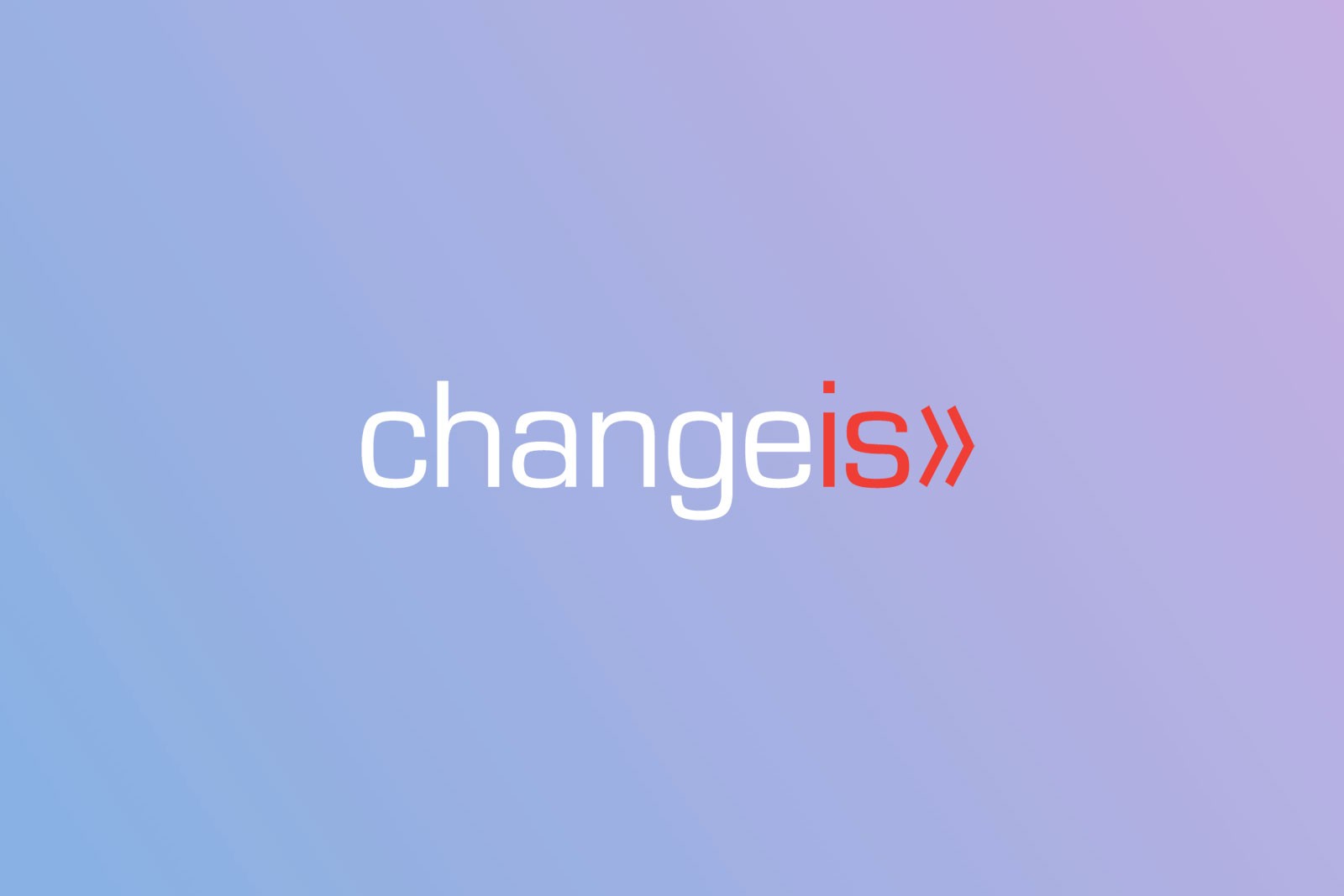Big Data and data analytics can contribute greatly to success of organizations, both public and private sectors alike. Data has the potential to affect workforce efficiency, decision making processes, reduce waste and improve organizational productivity. Blocking progress to realization of these, and other benefits in the public sector, is the data skills gap of our federal workforce.
GovLoop recently published a research brief, Government Workforce in Focus: Closing the Data & Analytics Skills Gap. The brief was based upon a survey of 283 public-sector professionals, of which a dramatic 96% reported a gap in the skills required by agencies to leverage available data.
Survey respondents highlighted some actions which they believe could positively affect the workforce skills gap. These activities included:
- Development of data management policies and strategies
- Understanding the connection between data and mission needs
- Assessing skill gaps within the agency and implementing training in those areas
- Implementation of data-driven performance measures
Turning ideas into action will require overcoming agency obstacles such as:
Lack of Training – Survey respondents reported that new graduates generally do not have necessary data analytics skills, and keeping existing employees up-to-date in data analytics is costly. Training for many employees is needed in not only data analysis, but also in creating mission-oriented programs and internal processes based on the available data.
Cultural barriers – Implementing new data-driven processes requires leadership and change management. Leadership must understand how data can be used to support mission outcomes and then manage internal process change and business process reengineering. In addition to cultural challenges within each agency, barriers exist to sharing data between agencies.
Accessing data – Lack of data standardization tools and analytics to access information and combine data from multiple sources are major causes of concern for many public sector professionals. Legacy databases may not have been originally designed to extract data and therefore, create challenges to access and integrate available information.
Funding – Of course, funding is necessary to support plans to overcome obstacles. Training, business process initiatives and IT solutions all require funding sources. Lack of funding is a very real challenge for most agencies.
Ideas for Improvement
Hiring managers can take advantage of several programs initiated by the Office of Personnel Management to help the Federal Government hire more science, technology, engineering and mathematics (STEM) talent. These programs include:
- A Hiring Manager’s Portal – Tools for helping managers develop job announcements and locate candidates for positions with difficult-to-find skillsets
- Data Science Ladders – Government employee opportunities for STEM skill training and tracking progress
- STEM Employee Directory – Locate personnel with STEM skills who are already Federal Government employees
- STEM Data Catalog – Visualization tools for STEM skills within the Federal Government
- STEM Applicant Dashboard – Analytic resource for hiring managers to analyze prospective employees and where they are being “lost” in the hiring cycle
In addition, many agencies are adding the position of Chief Data Officer (CDO) to their executive management team. A CDO can implement a data strategy in support of the agency’s mission and manage the competency requirements of the workforce.
